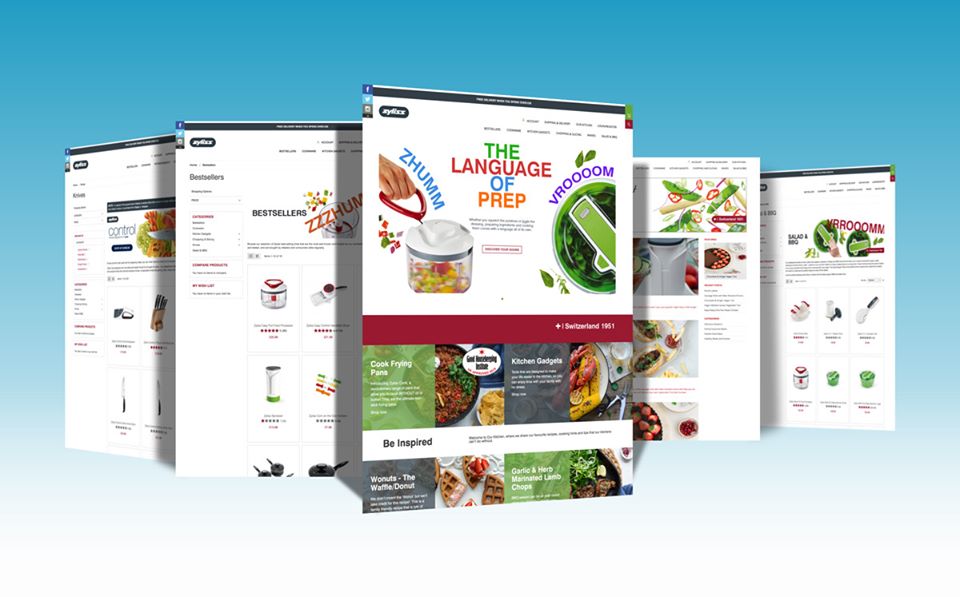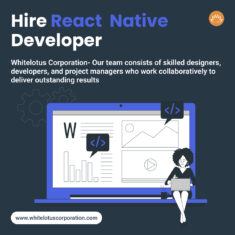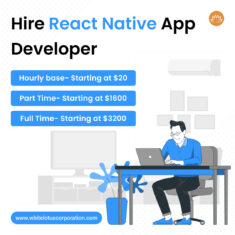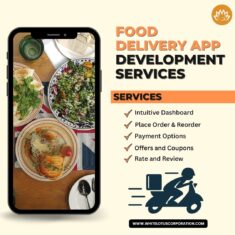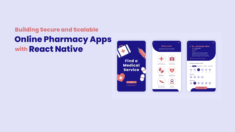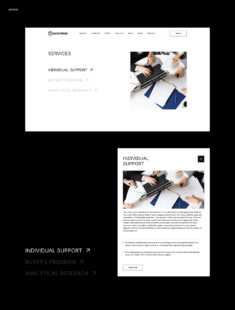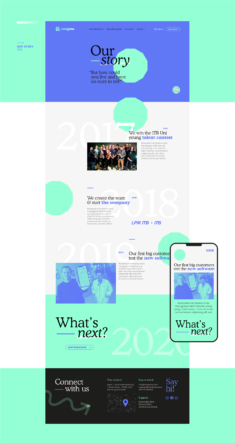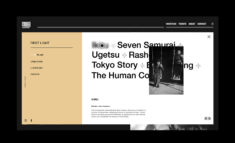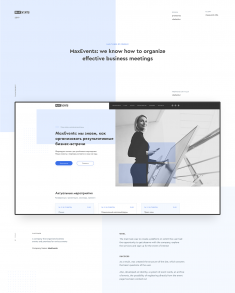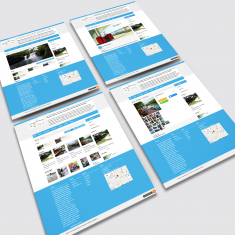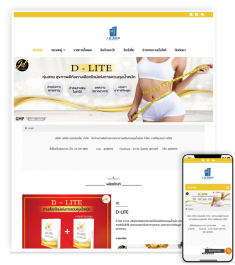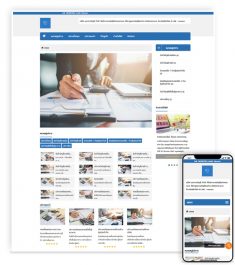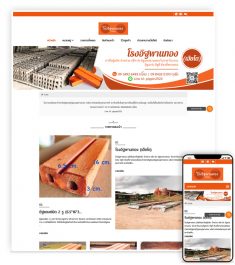Source
www.lilo.net.au
What Competitor Analysis Should Look Like
Competitor analysis has always been a key part of business planning. And in SEO, it’s always been the left foot to keyword research’s right – crucial first steps in shaping your search strategy. As the industry has matured, so have the tools we can use to track our competitors. And as the tools have matured, so have the insights they yield. Thorough competitor analysis can save you months, even years of trial and error.
Identify your competitors’ content
The first step is to discover all of your competitors’ content. And we mean all of it. From the biggest, flashiest interactive guides to the shortest tweets and anachronistic article directory entries. Everything teaches you something.
This is where modern SEO tools come into their own. Buzzsumo and ahrefs are both invaluable for finding content. Buzzsumo is excellent for discovering social content, and ahrefs is great for tracking backlinks to find guest posts and blog mentions.
Categorise to analyse
Once you’ve found your competitors’ content, it’s time to analyse it. Categorising your competitors’ content in this way gives you a good overview of their overall content strategy, how they allocate resources, and how their content interacts. It also helps you to account for all of their content.
Next, you need to sort their content into what works, and what doesn’t (more on how in the next section). Sort content that works into:
-:Content worth emulating, or better yet, improving on
-:Content to avoid
Why would you avoid emulating something that works? To avoid saturation. Either there’s already too much of it, or they’re already established as an expert in that particular field. There’s no sense competing on the back foot.
You can also divide content that isn’t working into two categories:
-:Content that failed because it didn’t appeal to the demographic
-:Content that failed because their outreach strategy was lacking
Naturally the two can be intertwined, and you need to be careful here. But you might stumble across a great piece of content that should have been picked up, but they didn’t push hard enough, or they just didn’t have the right contacts. This could be an opportunity for you.
Welcome
Copyright 2024 design inspiration. All work copyright of respective owner. TOS | Privacy Policy | Copyright | Contact us
Hand-crafted & Made with ❤️ Some Events


